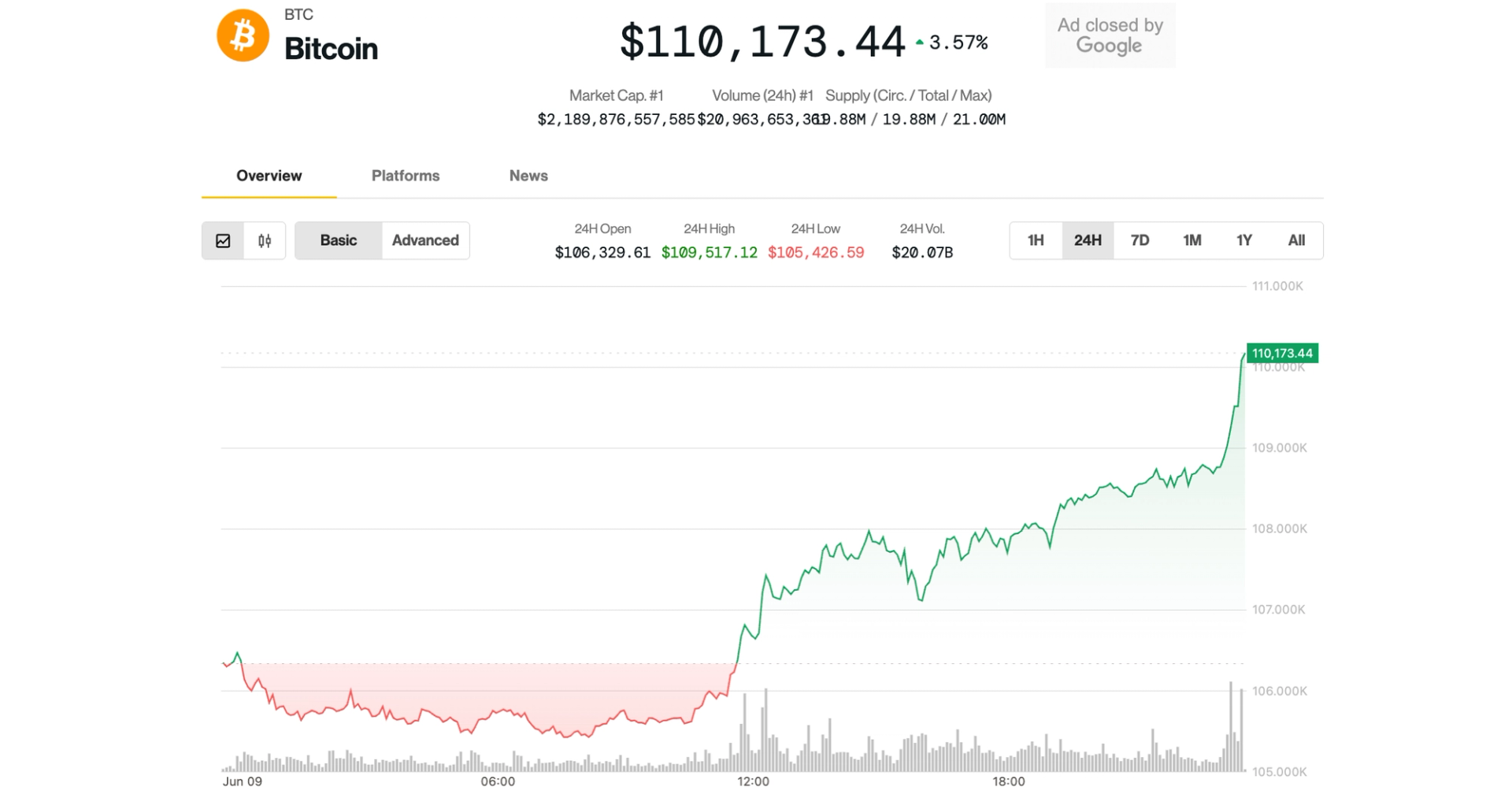
From call centers to factories to hospitals, AI is sweeping Japan.
Undergirding it all: the exceptional resources of the island nation’s world-class universities and global technology leaders such as Fujitsu, The Institute of Science Tokyo, NEC and NTT.
NVIDIA software — NVIDIA AI Enterprise for building and deploying AI agents and NVIDIA Omniverse for bringing AI into the physical world — is playing a crucial role in supporting Japan’s transformation into a global hub for AI development.
The bigger picture: Japan’s journey to AI sovereignty is well underway to support the nation in building, developing and sharing AI innovations at home and across the world.
Japanese AI Pioneers to Power Homegrown Innovation
Putting Japan in a position to become a global AI leader begins with AI-driven language models. Japanese tech leaders are developing advanced AI models that can better interpret Japanese cultural and linguistic nuances.
These models enable developers to build AI applications for industries requiring high-precision outcomes, such as healthcare, finance and manufacturing.
As Japan’s tech giants support AI adoption across the country, they’re using NVIDIA AI Enterprise software.
Fujitsu’s Takane model is specifically built for high-stakes sectors like finance and security.
The model is designed to prioritize security and accuracy with Japanese data, which is crucial for sensitive fields. It excels in both domestic and international Japanese LLM benchmarks for natural Japanese expression and accuracy.
The companies plan to use NVIDIA NeMo for additional fine-tuning, and Fujitsu has tapped NVIDIA to support making Takane available as an NVIDIA NIM to broaden accessibility for the developer community.
NEC’s cotomi model uses NeMo’s parallel processing techniques for efficient model training. It’s already integrated with NEC’s solutions in finance, manufacturing, healthcare and local governments.
NTT Group is moving forward with NTT Communications’ launch of NTT’s large language model “tsuzumi,” which is accelerated with NVIDIA TensorRT-LLM for AI agent customer experiences and use cases such as document summarization.
Meanwhile, startups such as Kotoba Technologies, a Tokyo-based software developer, will unveil its Kotoba-Whisper model, built using NVIDIA NeMo for AI model building.
The transcription application built on the Kotoba-Whisper model performed live transcription during this week’s conversation between SoftBank Chairman and CEO Masayoshi Son and NVIDIA founder and CEO Jensen Huang at NVIDIA AI Summit Japan.
Kotoba Technologies reports that using NeMo’s automatic speech recognition for data preprocessing delivers superior transcription performance.
Kotoba-Whisper is already used in healthcare to create medical records from patient conversations, in customer call centers and for automatic meeting minutes creation across various industries.
These models are used by developers and researchers, especially those focusing on Japanese language AI applications.
Academic Contributions to Japan’s Sovereign AI Vision
Japanese universities, meanwhile, are powering the ongoing transformation with a wave of AI innovations.
Nagoya University’s Ruri-Large, built using NVIDIA’s Nemotron-4 340B — which is also available as a NIM microservice — is a Japanese embedding model. It achieves high document retrieval performance with high-quality synthetic data generated by Nemotron-4 340B, and it enables the enhancement of language model capabilities through retrieval-augmented generation using external, authoritative knowledge bases.
The National Institute of Informatics will introduce LLM.jp-3-13B-Instruct, a sovereign AI model developed from scratch. Supported by several Japanese government-backed programs, this model underscores the nation’s commitment to self-sufficiency in AI. It’s expected to be available as a NIM microservice soon.
The Institute of Science Tokyo and Japan’s National Institute of Advanced Industrial Science and Technology, better known as AIST, will present the Llama 3.1 Swallow model. Optimized for Japanese tasks, it’s now a NIM microservice that can integrate into generative AI workflows for uses ranging from cultural research to business applications.
The University of Tokyo’s Human Genome Center uses NVIDIA AI Enterprise and NVIDIA Parabricks software for rapid genomic analysis, advancing life sciences and precision medicine.
Japan’s Tech Providers Helping Organizations Adopt AI
In addition, technology providers are working to bring NVIDIA AI technologies of all kinds to organizations across Japan.
Accenture will deploy AI agent solutions based on the Accenture AI Refinery across all industries in Japan, customizing with NVIDIA NeMo and deploying with NVIDIA NIM for a Japanese-specific solution.
Dell Technologies is deploying the Dell AI Factory with NVIDIA globally — with a key focus on the Japanese market — and will support NVIDIA NIM microservices for Japanese enterprises across various industries.
Deloitte will integrate NIM microservices that support the leading Japanese language models including LLM.jp, Kotoba, Ruri-large, Swallow and more, into its multi-agent solution.
HPE has launched HPE Private Cloud AI platform, supporting NVIDIA AI Enterprise in a private environment. This solution can be tailored for organizations looking to tap into Japan’s sovereign AI NIM microservices, meeting the needs of companies that prioritize data sovereignty while using advanced AI capabilities.
Bringing Physical AI to Industries With NVIDIA Omniverse
The proliferation of language models across academia, startups and enterprises, however, is just the start of Japan’s AI revolution.
A leading maker of industrial robots, a top automaker and a retail giant are all embracing NVIDIA Omniverse and AI, as physics-based simulation drives the next wave of automation.
Industrial automation provider Yaskawa, which has shipped 600,000 robots, is developing adaptive robots for increased autonomy. Yaskawa is now adopting NVIDIA Isaac libraries and AI models to create adaptive robot applications for factory automation and other industries such as food, logistics, medical, agriculture and more.
It’s using NVIDIA Isaac Manipulator, a reference workflow of NVIDIA-accelerated libraries and AI models, to help its developers build AI-enabled manipulators, or robot arms.
It’s also using NVIDIA FoundationPose for precise 6D pose estimation and tracking.
More broadly, NVIDIA and Yaskawa teams use AI-powered simulations and digital twin technology — powered by Omniverse — to accelerate the development and deployment of Yaskawa’s robotic solutions, saving time and resources.
Meanwhile, Toyota is looking into how to build robotic factory lines in Omniverse to improve tasks in robot motion in metal-forging processes.
And another iconic Japanese company, Seven & i Holdings, is using Omniverse to gather insights from video cameras in research to optimize retail and enhance safety.
To learn more, check out our blog on these use cases.
See notice regarding software product information.






